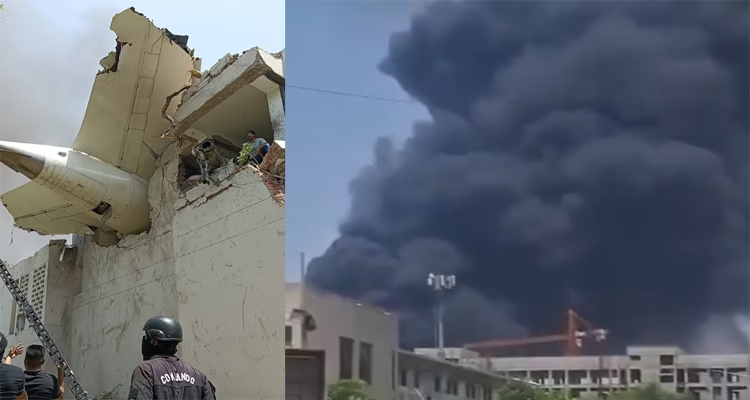
Ahmedabad: The Aircraft Accident Investigation Bureau (AAIB) late last night released its 15-page preliminary report on the deadly crash of Air India flight AI 171, which claimed 260 lives on June 12 in Ahmedabad. The report has uncovered a critical failure—fuel supply to the engines was unexpectedly cut off moments after takeoff.
The ill-fated Boeing 787-8 Dreamliner, bound for London Gatwick, crashed just 30 seconds after liftoff, plummeting into the hostel premises of BJ Medical College near the airport. Of the 242 people on board, 241 perished, with just one passenger surviving. The tragedy also claimed 19 lives on the ground.
According to the AAIB, the aircraft’s fuel control switches inexplicably moved from the ‘RUN’ to ‘CUTOFF’ position within seconds of takeoff—one after the other, with a gap of just one second. This action led to the abrupt shutdown of both engines and caused the aircraft to lose all power mid-air.

Cockpit voice recordings revealed a brief but chilling exchange between the pilots. One pilot questioned the other about switching off the fuel supply, to which the other pilot denied doing so. While attempts were made to re-engage the switches, one of the engines failed to respond in time to prevent the crash.
The report confirmed that both pilots had adequate rest prior to the flight. It also ruled out fuel contamination, as samples tested by the DGCA lab were found to be satisfactory. At this stage of the investigation, no operational advisories have been issued to Boeing 787-8 or GEnx-1B engine operators.
The AAIB emphasized that further evidence is being gathered from multiple stakeholders as part of the ongoing investigation.
In a statement released today, Air India said it is cooperating fully with the authorities and continues to work closely with regulators and stakeholders during the probe.
The final report, which may take months to complete, is expected to provide a more detailed explanation of the technical and human factors that led to one of the deadliest air disasters in India’s recent history.



